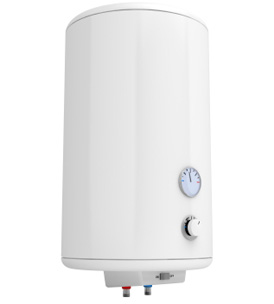Energy Tip Details
Back to More Ideas & Tips
Install a Ground Source Heat Pump

If you are currently heating your home with electric resistance heat (such as electric baseboards), or you have a heating system that runs off of propane or fuel oil, you should consider installing an ground source heat pump (GSHP). GSHPs, also known as geothermal heat pumps, use electricity to move heat from a heat exchange loop buried underground or in water to inside your house providing heating in the winter. Because the technology moves heat rather than generating heat, and the ground remains a relatively constant temperature throughout the year, GSHPs are often two to four times more efficient than conventional electric heating systems and are also much cheaper to operate than fuel oil, propane, and some natural gas systems. They are also
What You Need to Do
-
Step 1Engage a heating ventilation and air conditioning (HVAC) contractor with experience installing ground source heat pumps and the associated heat exchange loops. Be sure the contractor properly sizes the ground, or water, heat exchange loop and heat pump equipment.
-
Step 2Request high efficiency equipment that is either ENERGY STAR rated and/or has a Coefficient of Performance (COP) and an Energy Efficiency Ratio (EER) that is greater than 3.1 COP and 16.0 EER.
Recommendation:
Visit our heating and cooling system rebates page to learn more about the criteria for geothermal rebates and to find a contractor








